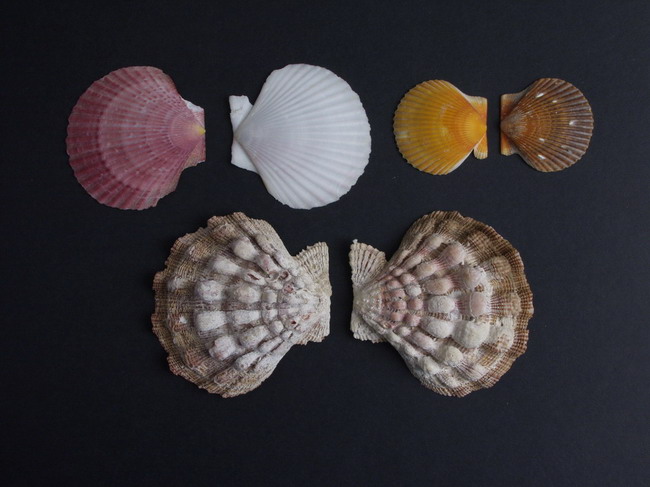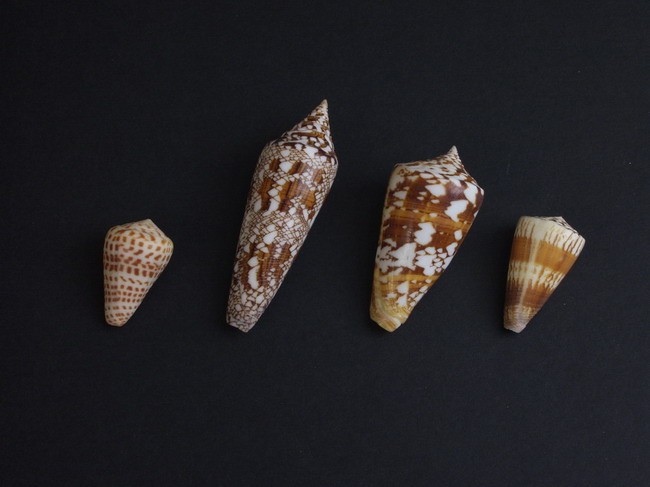Mollusc collection
Curator: Alexander
Alyakrinsky.
20 325 specimens. It was started by Alexander Kohts in the
early 20th century. Among the earliest arrivals is a collection of marine
tropical molluscs of E.K. Popov and a collection of terrestrial gastropods from
the Hawaiian Islands. In the 1970s, the museum collection was replenished by
more than 1000 specimens of tropical molluscs collected during the Pacific
expeditions of the Institute of Oceanology of the Russian Academy of Sciences
(1971 and 1977) to the littoral zones of New Guinea, Fiji, Western Samoa, New Caledonia,
Nauru, Tuvalu, Lord Howe Island, New Hebrides Archipelago.
Between 1981 and 1986
Moscow collector K.N. Gaidenko donated to the museum 7 479 shells of marine
gastropods and bivalves. In 1992, the museum acquired a valuable collection of
land molluscs from Russia and neighboring countries, collected by A.G.
Kuznetsov (about 1 100 specimens). In recent years, the collection has been
intensively replenished with the help of a Museum employee Alexander
Alyakrinsky (about 4 000 specimens of marine, freshwater and land molluscs from
Central Asia, Siberia, the Far East, and various regions of Southeast Asia).
502 specimens of 136 species of cone
snails (Conidae). Their illustrated description was published as a catalog in 2005.
490 specimens of Murex - carnivorous
marine gastropod molluscs in the family Muricidae - as well as cones, are predators.
They mainly prey on bivalve mollusks. To eat such a mollusk, murexes drill a
small hole in the victim’s shell, or crush the latter by squeezing it between
the horny lid and the opening of its shell. Many murexes have a very beautiful
shell. In some species, it is decorated with bizarre outgrowths and spikes.
506 specimens of Cypraea, or cowries,
are also very beautiful. The surface of their shells is very smooth, as
if polished. For centuries, the shells of some types of Cypraea have been used
as a means of payment not only in the tropical countries which they inhabit
but also far beyond their borders. Some of the specimens are exhibited in a showcase of the Zoogeography hall.
1 400 specimens of Achatenillidae - a family of terrestrial molluscs. All of them live on the tropical islands of the Pacific
Ocean, mainly in Hawaii. Their shells are of very bright color and exhibit
strong individual variability.
The major part of Darwin
Museum molluscs collection is well labeled, preserved and is of scientific value
to malacologists.

Scallop shells (Chlamys
rubida Hinds) in the upper left corner, Pecten irradians Lam. in the upper
right corner, Lyropecten nodosa L. at the bottom.

Cones. From left to right: Conus tessulatus Born., Conus bengalensis Ocut., Conus amadis Gmelin, Conus vitulinus Hwass.









